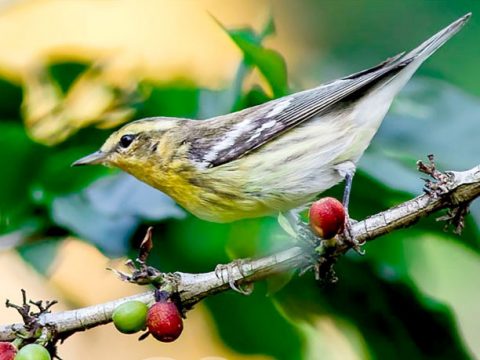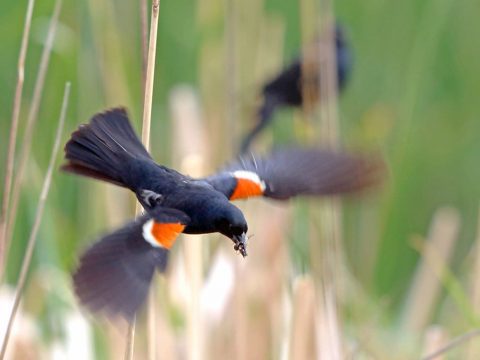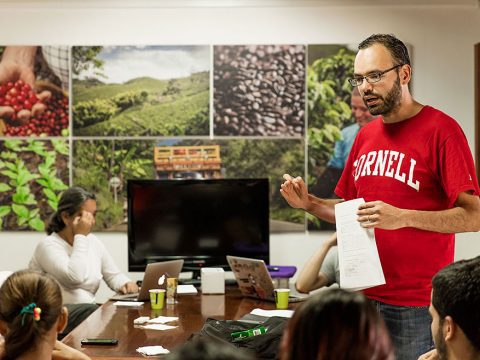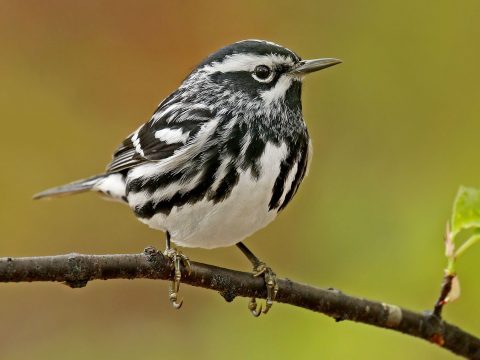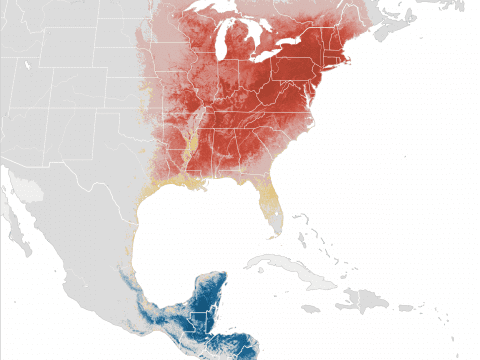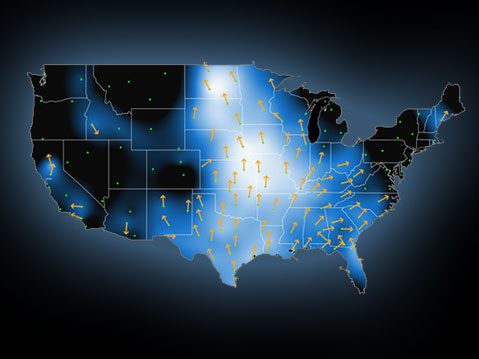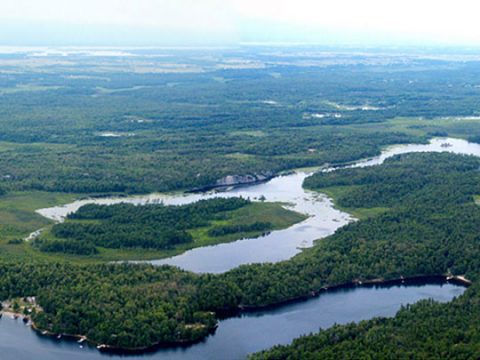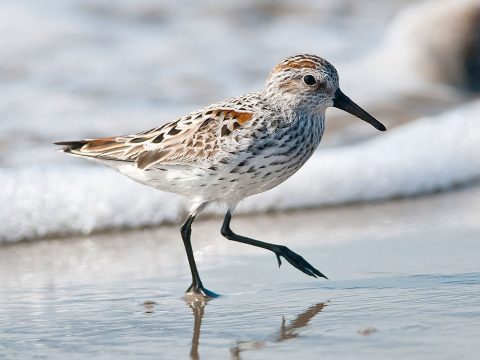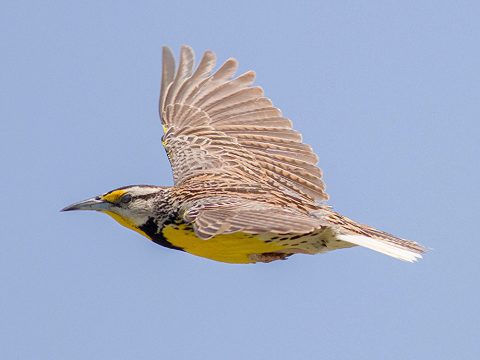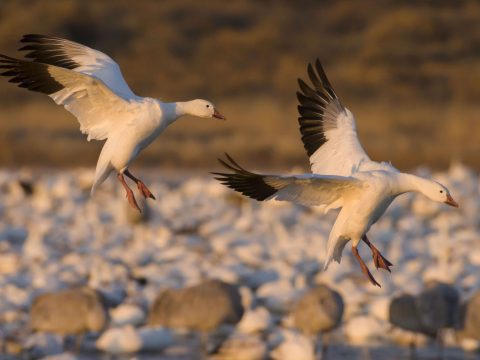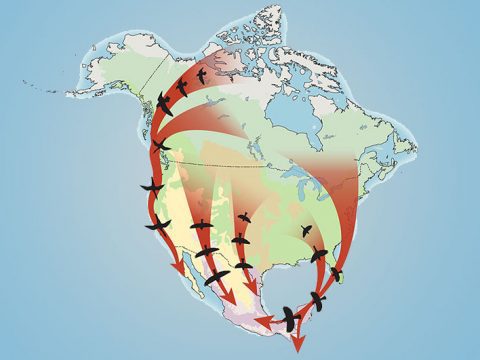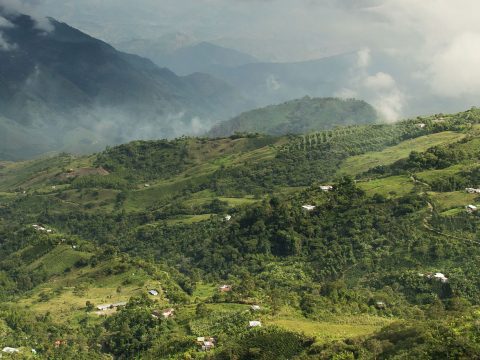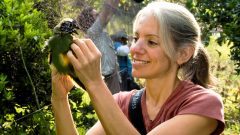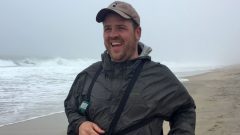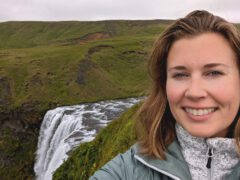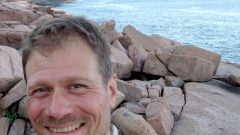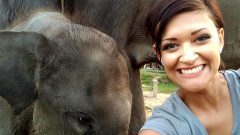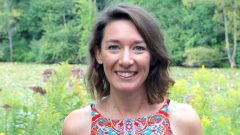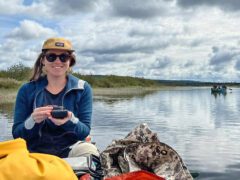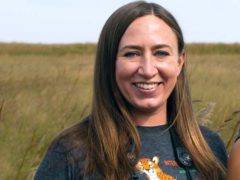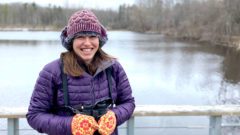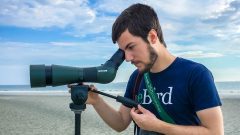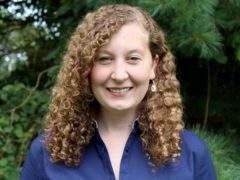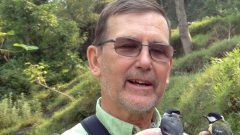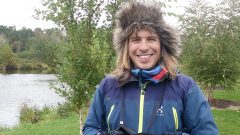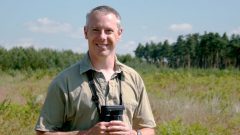Center for Avian Population Studies
Big data, big impact.
In the Center for Avian Population Studies we innovate scientific, computational, and data resources that transform how we understand and protect the world around us. Our specialty is harnessing the power of big data, from acquisition and curation to analysis, to advance basic and applied science, provide customizable data products and visualizations that support full-life-cycle conservation, and build capacity in others to monitor and analyze bird populations around the world. We move knowledge into action by working with partners around the globe to generate and apply science to real-world problems.
 Scientific Discovery
Scientific DiscoveryWe conduct interdisciplinary research around the world to understand the threats and actions needed to protect priority systems and species, and the ways to work with people to achieve conservation.
 Science to Action
Science to ActionWe bring information to decision-makers and practitioners to achieve landscape-scale conservation for ecosystems and birds. Examples include our work on the Golden-winged Warbler as well as our publicly accessible eBird data portal for state wildlife agencies in the U.S.
 Partnerships and Capacity-Building
Partnerships and Capacity-BuildingWith partners across the hemisphere, we share expertise and build capacity to apply science, monitor bird populations, and implement solutions that protect biodiversity and sustainable livelihoods.
 eBird
eBirdWe manage and develop eBird, partnering with organizations around the world to engage a global audience in sharing observations to empower research and conservation of birds and ecosystems.
 eBird Analytics
eBird AnalyticsThrough the exploration, analysis, and visualization of massive data sets, we reveal insights on the distribution, movements, status, and trends of birds through time and across hemispheres.
 Radar Ornithology
Radar OrnithologyAt the forefront of radar ornithology, BirdCast forecasts night-by-night densities of birds aloft, transforming our ability to understanding migration and reduce threats to birds.
 Land Trust Bird Conservation Initiative
Land Trust Bird Conservation InitiativeWe provide resources, tools, and funding opportunities to help land trusts amplify the protection and stewardship of birds and habitats across 56 million acres protected by land trusts nationwide.
 Coastal Solutions Program
Coastal Solutions ProgramShorebird declines represent the number one avian conservation crisis in the world today, and to stem the tide, it is imperative to protect and restore these interconnected coastal habitats. The Coastal Solutions Fellows Program addresses the shorebird crisis.
 Policy and Management
Policy and ManagementTo ensure the best science is used in conservation decision-making, we help produce influential syntheses of scientific data such as the State of the Birds report and Partners in Flight conservation plans.
 Bird and Biodiversity Monitoring
Bird and Biodiversity MonitoringWorking with partners across the Western hemisphere, we develop integrated bird monitoring programs to advance quantifiable, targeted conservation outcomes.
 Full Annual and Life Cycle Conservation
Full Annual and Life Cycle ConservationTo better understand the distribution and ecology of migratory birds as they move across hemispheres, we study their full life cycles using innovative field, technological, and computational studies.
 Conservation in Human-Dominated Landscapes
Conservation in Human-Dominated LandscapesWe work to identify and incentivize creative ways to sustain biodiversity, protect critical ecosystem services, and support human health and well-being within human-dominated landscapes, including cities and working lands.
Program Staff
 Amanda RodewaldGarvin Professor and Senior Director, Center for Avian Population Studies
Amanda RodewaldGarvin Professor and Senior Director, Center for Avian Population Studies Christine AudetteIT Project Manager
Christine AudetteIT Project Manager Tom AuerGeospatial Data Science Team Lead
Tom AuerGeospatial Data Science Team Lead Sara BarkerProject Leader
Sara BarkerProject Leader Allison BinleyPostdoctoral Fellow
Allison BinleyPostdoctoral Fellow Mike CharnokyApplications Programmer
Mike CharnokyApplications Programmer Adrianne ChissusBird Research Technician
Adrianne ChissusBird Research Technician Gemma ClucasPostdoctoral Fellow
Gemma ClucasPostdoctoral Fellow Cynthia CrowleyData Science Developer
Cynthia CrowleyData Science Developer Shannon CurleyPostdoctoral Fellow
Shannon CurleyPostdoctoral Fellow Jenna CurtisProject Co-Leader, eBird
Jenna CurtisProject Co-Leader, eBird Ian DaviesProject Coordinator, eBird
Ian DaviesProject Coordinator, eBird Courtney DavisResearch Associate
Courtney DavisResearch Associate André DhondtDirector, Bird Population Studies
André DhondtDirector, Bird Population Studies Adriaan DokterResearch Associate
Adriaan DokterResearch Associate Iain DownieeBird Android Developer
Iain DownieeBird Android Developer Kylee DunhamResearch Associate, Applied Quantitative Ecologist
Kylee DunhamResearch Associate, Applied Quantitative Ecologist
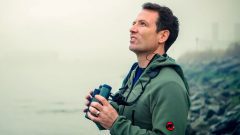 Andrew FarnsworthVisiting Scientist
Andrew FarnsworthVisiting Scientist
 Alexander FeinbergSoftware Engineer
Alexander FeinbergSoftware Engineer
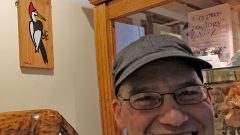 Daniel FinkSenior Research Associate
Daniel FinkSenior Research Associate
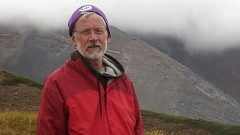 Tom FredericksDatabase Admistrator IV
Tom FredericksDatabase Admistrator IV
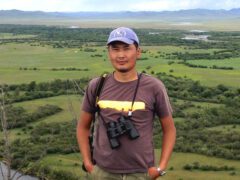 Batbayar GaltbaltPostdoctoral Fellow
Batbayar GaltbaltPostdoctoral Fellow
 Joshua GangerSystems Administrator
Joshua GangerSystems Administrator
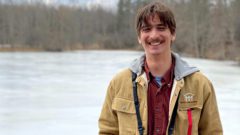 John GarrettProject Assistant
John GarrettProject Assistant
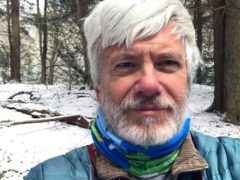 Jeff GerbrachtApplication Programmer
Jeff GerbrachtApplication Programmer





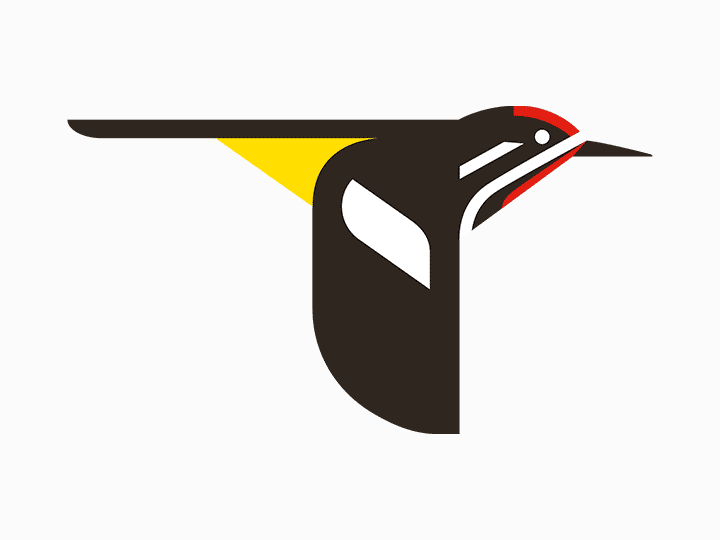 Ginny HaltermanResearch and Laboratory Technician
Ginny HaltermanResearch and Laboratory Technician
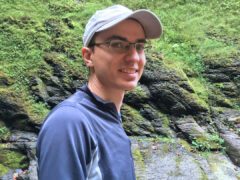 Mike HayesSoftware Engineer
Mike HayesSoftware Engineer
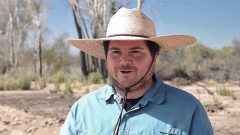 Osvel Hinojosa-HuertaDirector, Coastal Solutions Fellows Program
Osvel Hinojosa-HuertaDirector, Coastal Solutions Fellows Program
 Wesley HochachkaSenior Research Associate
Wesley HochachkaSenior Research Associate
 Marshall J. IliffProject Leader, eBird
Marshall J. IliffProject Leader, eBird
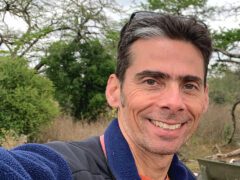 Jasdev ImaniApplication Developer
Jasdev ImaniApplication Developer
 Adam JordanSystems Engineer
Adam JordanSystems Engineer
 Elaine KochAdministrative Assistant
Elaine KochAdministrative Assistant
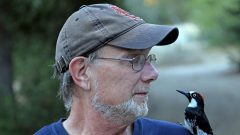 Walter KoenigVisiting Senior Scientist
Walter KoenigVisiting Senior Scientist
 Diego LicónStrategic Partnerships Manager
Diego LicónStrategic Partnerships Manager
 Shawn LigockiData Engineer
Shawn LigockiData Engineer
 Taylor LongUser Interface Designer
Taylor LongUser Interface Designer





 Nick MastoPostdoctoral Fellow
Nick MastoPostdoctoral Fellow
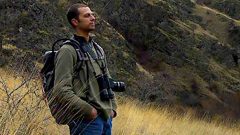 Eliot MillerPostdoctoral Associate
Eliot MillerPostdoctoral Associate
 William MorrisGrid and Application Programmer
William MorrisGrid and Application Programmer





 Steve MorrowDatabase Administrator
Steve MorrowDatabase Administrator
 Lauren Oldham JaromczykData Visualization Developer
Lauren Oldham JaromczykData Visualization Developer
 Francisco Padilla ObregoniOS Software Engineer
Francisco Padilla ObregoniOS Software Engineer
 Amelia ParseghianFinancial Analyst
Amelia ParseghianFinancial Analyst
 Vanessa PowellAdministrative Assistant
Vanessa PowellAdministrative Assistant
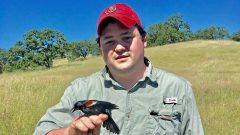 Orin RobinsonResearch Associate
Orin RobinsonResearch Associate
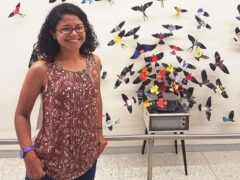 Fabiola Rodríguez VásquezPostdoctoral Fellow
Fabiola Rodríguez VásquezPostdoctoral Fellow
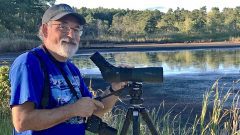 Ken RosenbergApplied Conservation Scientist Emeritus
Ken RosenbergApplied Conservation Scientist Emeritus
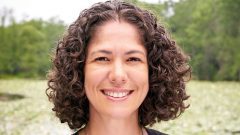 Viviana Ruiz GutierrezAssistant Director, Center for Avian Population Studies • Program Leader, Conservation Science
Viviana Ruiz GutierrezAssistant Director, Center for Avian Population Studies • Program Leader, Conservation Science
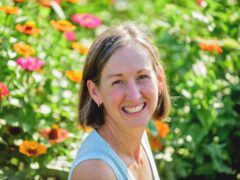 Meg SchaderProject Assistant
Meg SchaderProject Assistant
 Michael SchrimpfPostdoctoral Fellow
Michael SchrimpfPostdoctoral Fellow





 Daniel SerpielloiOS Application Developer
Daniel SerpielloiOS Application Developer
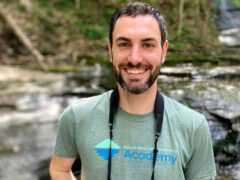 Andrew StillmanPostdoctoral Fellow
Andrew StillmanPostdoctoral Fellow
 Matt Strimas-MackeyData Scientist
Matt Strimas-MackeyData Scientist
 Alexander TedeschiData Science & Software Engineer
Alexander TedeschiData Science & Software Engineer
 Julia WangProject Leader, BirdCast
Julia WangProject Leader, BirdCast





 Heather WolfApplication Programmer
Heather WolfApplication Programmer
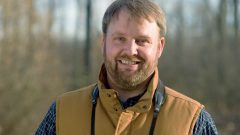 Christopher WoodManaging Director, Center for Avian Population Studies and Director, eBird
Christopher WoodManaging Director, Center for Avian Population Studies and Director, eBird
Join Our Email List
The Cornell Lab will send you updates about birds, birding, and opportunities to help bird conservation. Sign up for email and don’t miss a thing!
Golden-cheeked Warbler by Bryan Calk/Macaulay Library

